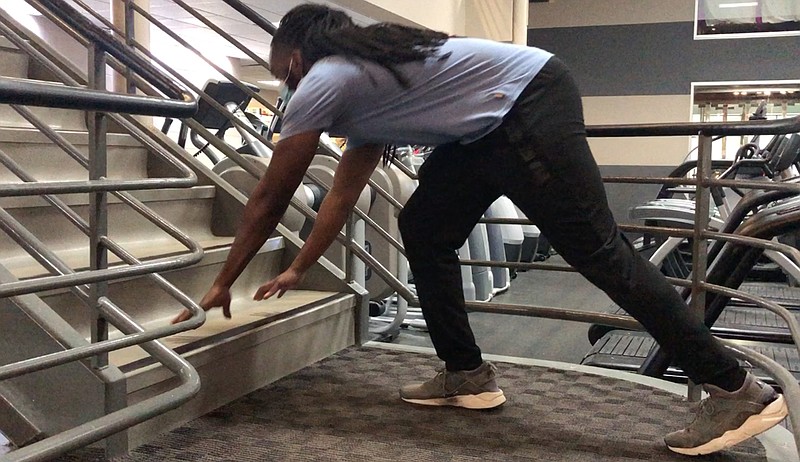Loyal "Master Class" readers know that I am fond of progressive training techniques, whether those are within an individual exercise, a workout or part of a long-term program. Progression forces exercisers to stay engaged, to push against their perceived limitations and to expand their capabilities.
This week, I will discuss some keys for an effective progressive strategy and an exercise that demonstrates the concept clearly and directly.
"Progression" is, of course, a basic tenet of exercise physiology and essentially means that workload should increase once the body adapts to a given routine. This is typically achieved by increasing one of the following program parameters: frequency (days per week), intensity (resistance level), time (duration of an individual workout or set) or type (choose a different exercise).
But I think about progression in much broader terms. Obviously, the definition and application of progression to physiological affairs are easy to comprehend. In my view, however, progression is a concept that can be an incredible motivating force in many aspects of one's life.
To me, progression is about reaching the next level in whatever you do.
It is about educating yourself, putting in the work and having the discipline to stay the course to achieve something special. It is about perseverance, commitment and refusing to be satisfied with the status quo.
Progression can be very closely tied to the psychological concept of intrinsic motivation — the ability to push oneself without a reward to earn.
And progression can apply to anything, not just traditional measures of success. I think about progression in terms of being a great dad, brother and son as well.
There are always tough moments where one is faced with an easy choice that will result in a more immediate gratification but not necessarily provide the long-term growth or benefit. Progression is about having the courage to choose the other path, one that is full of thorns and pitfalls — but might lead to a much more beautiful destination.
This week's exercise fits perfectly within the framework of progressive training. The Staircase Pushup Progression is highlighted through the use of a staircase, something that's easy for most people to find and use.
1. Find a nice staircase where you won't endanger other people trying to walk up or down. You might also need an exercise mat.
2. Stand at the bottom of the staircase 3 or 4 feet away from the first step. Get into the pushup position on your hands and feet (or knees), with your hands positioned on the first step.
3. Perform three pushups, then move up a step and move your feet (or knees) a bit more forward. Your body should now be more inclined with the staircase.
4. Perform three more pushups.
5. Move up another step and perform three more pushups. Once you've completed the third set, that's the top of your ladder.
6. Do another set of three on the third step, then move down to the second step and finally, the first.
7. Remember to perform three pushups at each step. This brings your total to 18, with very little rest.
The cool part about this exercise is that progression is achieved while decreasing rest, changing the angle of the movement and the effort can be exacerbated by increasing the number of repetitions per step.
There are endless possibilities to this pattern, but the key is to find where your limitations are and push out of that envelope through progression. It will lead to great things!
Matt Parrott has a doctorate in education (sport studies) and a master's in kinesiology and is certified by the American College of Sports Medicine.
vballtop@aol.com
